I should remind myself not to listen to the media (even the public broadcaster) when…
Australian labour market – employment grows but overall still marking time
Today (June 13, 2024), the Australian Bureau of Statistics released the latest – Labour Force, Australia – for May 2024, which provides some increased clarity given the last few months have generated data that has been mixed in signal. The data for May 2024 shows employment continuing to increase, unemployment falling, and the participation rate steady. Taken together the demand-side of the labour market is running just ahead of the underlying population growth, although working hours are falling. Some clarity but it is still not absolutely clear which way the labour market is heading. The net change in employment was driven by full-time employment. But we should not disregard the fact that there is now 10.7 per cent of the working age population (1.6 million people) who are available and willing but cannot find enough work – either unemployed or underemployed and that proportion is increasing. Australia is not near full employment despite the claims by the mainstream commentators and it is hard to characterise this as a ‘tight’ labour market.
The summary ABS Labour Force (seasonally adjusted) estimates for May 2024 are:
- Employment rose 39,700 (0.3 per cent) – full-time employment increased by 41.7 thousand and part-time employment decreased by 2.1 thousand. Part-time share of total was 30.6 per cent.
- Unemployment fell 9,200 to 598,900 persons.
- The official unemployment rate fell 0.1 point to 4 per cent.
- The participation rate was constant at 66.8 per cent.
- The employment-population ratio was steady to 64.1 per cent.
- Aggregate monthly hours fell by 9 million (-0.5 per cent).
- Underemployment rate was constant at 6.7 per cent – underemployment rose by 10.1 thousand. Overall there are 1003.2 thousand underemployed workers. The total labour underutilisation rate (unemployment plus underemployment) was steady at 10.7 per cent. There were a total of 1,602.1 thousand workers either unemployed or underemployed.
In the ABS Media Release – Unemployment rate falls to 4.0% in May – the ABS noted that:
The seasonally adjusted unemployment rate fell by 0.1 percentage point to 4.0 per cent in May …
In April we saw more unemployed people than usual waiting to start work. Some of the fall in unemployment and rise in employment in May reflects these people starting or returning to their jobs …
The seasonally adjusted underemployment rate remained steady at 6.7 per cent in May 2024 … has risen by 0.3 percentage points since May 2023
General conclusion:
1. Certainly a better month, with employment growth keeping pace with the underlying population growth.
2. Participation and the employment-population ratio constant.
3. Unemployment slightly lower – reflecting month-to-month variations in transitions into and out of work.
4. A fairly static overall outlook though.
Employment rose 39,700 (0.3 per cent) in May 2024
1. Full-time employment increased by 41.7 thousand and part-time employment decreased by 2.1 thousand.
2. The employment-population ratio remained steady at 64.1 per cent – a reliable indicator that the labour market is marking time.
The following graph show the month by month growth in total, full-time, and part-time employment for the 24 months to May 2024 using seasonally adjusted data.
The following table provides an accounting summary of the labour market performance over the last six months to provide a longer perspective that cuts through the monthly variability and provides a better assessment of the trends.
Given the variation in the labour force estimates, it is sometimes useful to examine the Employment-to-Population ratio (%) because the underlying population estimates (denominator) are less cyclical and subject to variation than the labour force estimates. This is an alternative measure of the robustness of activity to the unemployment rate, which is sensitive to those labour force swings.
The following graph shows the Employment-to-Population ratio, since April 2008 (that is, since the GFC).
The employment-to-population ratio is still demonstrating stability with minor fluctuations around the current level.
For perspective, the following graph shows the average monthly employment change for the calendar years from 1980 to 2024.
1. The average employment change over 2020 was -10.6 thousand which rose to 36.3 thousand in 2021 as the lockdowns eased.
2. For 2022, the average monthly change was 44.7 thousand, and for 2023, the average change was 31 thousand.
3. So far in 2024, the average monthly change is 40.7 thousand.
The following graph shows the average monthly changes in Full-time and Part-time employment in thousands since 1980.
Aggregate monthly hours ell by 9 million (-0.5 per cent)
The following graph shows the monthly growth (in per cent) over the last 48 months (with the pandemic restriction period omitted).
The dark linear line is a simple regression trend of the monthly change.
Unemployment fell 9,200 to 598,900 persons in May 2024
The very modest decline in unemployment and the unemployment rate was due to the stable participation rate and more people who had been waiting for jobs in April actually entering into paid work.
The following graph shows the national unemployment rate from April 1980 to May 2024. The longer time-series helps frame some perspective to what is happening at present.
Broad labour underutilisation steady at 10.7 per cent in May 2024
1. Underemployment rate was constant at 6.7 per cent – underemployment rose by 10.1 thousand.
2. Overall there are 1003.2 thousand underemployed workers.
3. The total labour underutilisation rate (unemployment plus underemployment) was steady at 10.7 per cent.
4. There were a total of 1,602.1 thousand workers either unemployed or underemployed.
The fact that there is 10.7 per cent of workers who are both available and willing to work that are without work in one way or another (unemployed or underemployed) makes a mockery of claims by economic commentators and policy officials that Australia is near full employment or that this is a tight labour market.
The following graph plots the seasonally-adjusted underemployment rate in Australia from April 1980 to the May 2024 (blue line) and the broad underutilisation rate over the same period (green line).
The difference between the two lines is the unemployment rate.
Teenage labour market deteriorates in May 2024
Overall teenage employment fell by 4.4 thousand – full-time employment fell by 7 thousand while part-time employment rose by 2.7 thousand.
The following Table shows the distribution of net employment creation in the last month and the last 12 months by full-time/part-time status and age/gender category (15-19 year olds and the rest).
To put the teenage employment situation in a scale context (relative to their size in the population) the following graph shows the Employment-Population ratios for males, females and total 15-19 year olds since July 2008.
You can interpret this graph as depicting the change in employment relative to the underlying population of each cohort.
In terms of the recent dynamics:
1. The male ratio fell by 0.9 points over the month.
2. The female ratio rose 0.2 points over the month.
3. The overall teenage employment-population ratio fell 0.4 points over the month.
Conclusion
My standard monthly warning: we always have to be careful interpreting month to month movements given the way the Labour Force Survey is constructed and implemented.
My overall assessment is:
1. It has been difficult to make any definitive conclusions about where the labour market is going based on the data from the last few months.
2. There was a some more clarity, however, this month and the situation seems to be relatively stable.
2. With the participation rate stable, the rise in employment was sufficient to absorb the underlying population growth and some – which meant that unemployment fell a little.
3. Further, the net change in employment was driven by full-time employment.
4. But we should not disregard the fact that there is now 10.7 per cent of the working age population (1.6 million people) who are available and willing but cannot find enough work – either unemployed or underemployed and that proportion is increasing.
7. Australia is not near full employment despite the claims by the mainstream commentators and it is hard to characterise this as a ‘tight’ labour market.
Advance orders for my new book are now available
The manuscript for my new book – Modern Monetary Theory: Bill and Warren’s Excellent Adventure – co-authored by Warren Mosler is now with the publisher and will be available for delivery on July 15, 2024.
It will be launched at the – UK MMT Conference – in Leeds on July 16, 2024.
Here is the final cover that was drawn for us by my friend in Tokyo – Mihana – the manga artist who works with me on the – The Smith Family and their Adventures with Money.
The description of the contents is:
In this book, William Mitchell and Warren Mosler, original proponents of what’s come to be known as Modern Monetary Theory (MMT), discuss their perspectives about how MMT has evolved over the last 30 years,
In a delightful, entertaining, and informative way, Bill and Warren reminisce about how, from vastly different backgrounds, they came together to develop MMT. They consider the history and personalities of the MMT community, including anecdotal discussions of various academics who took up MMT and who have gone off in their own directions that depart from MMT’s core logic.
A very much needed book that provides the reader with a fundamental understanding of the original logic behind ‘The MMT Money Story’ including the role of coercive taxation, the source of unemployment, the source of the price level, and the imperative of the Job Guarantee as the essence of a progressive society – the essence of Bill and Warren’s excellent adventure.
The introduction is written by British academic Phil Armstrong.
You can find more information about the book from the publishers page – HERE.
You can pre-order a copy to make sure you are part of the first print run by E-mailing: info@lolabooks.eu
The special pre-order price will be a cheap €14.00 (VAT included).
That is enough for today!
(c) Copyright 2024 William Mitchell. All Rights Reserved.
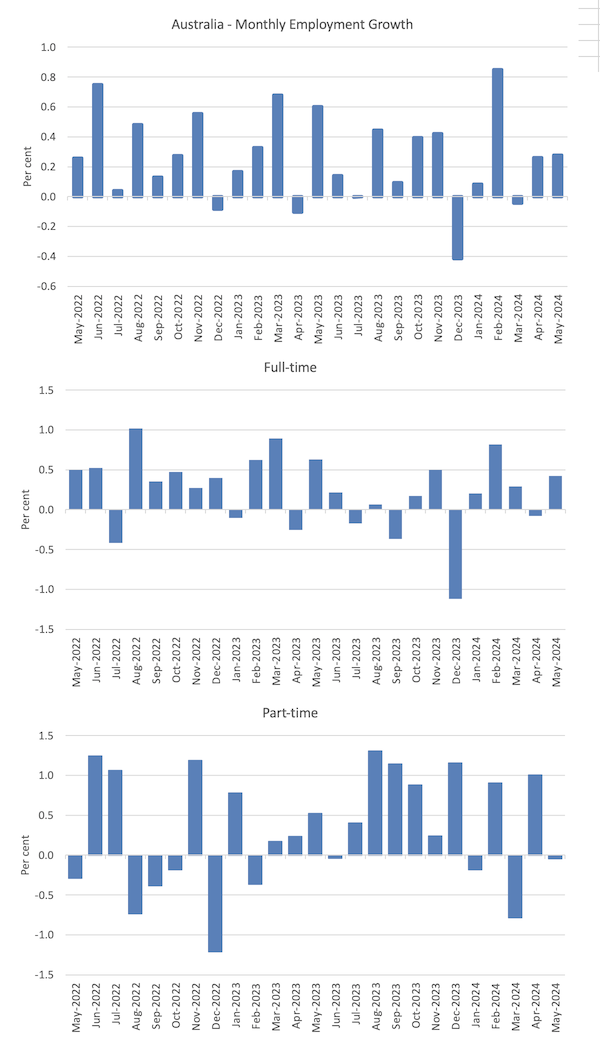
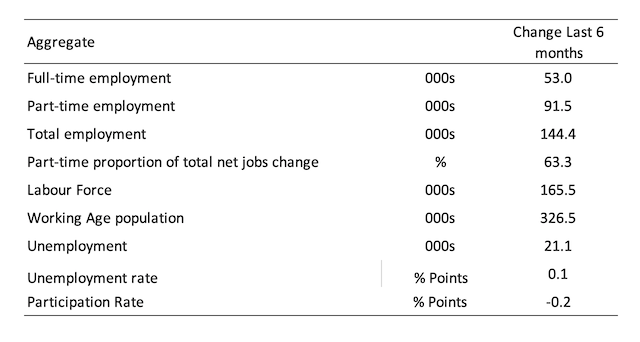
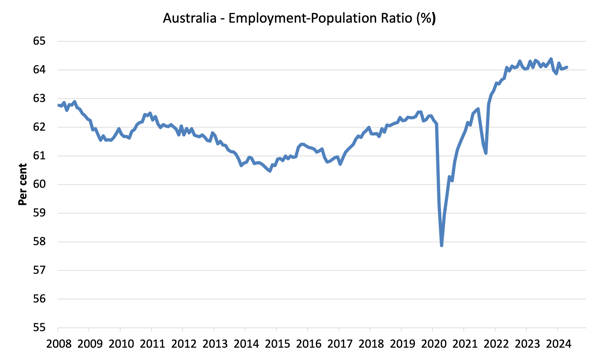
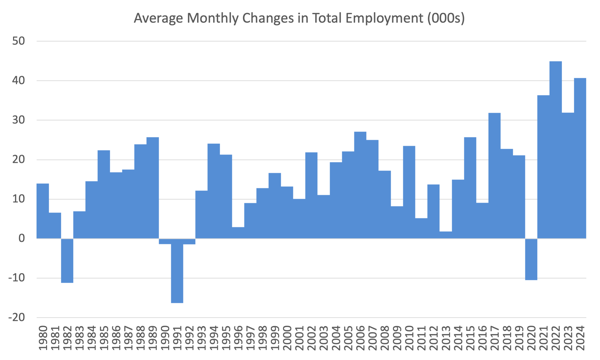
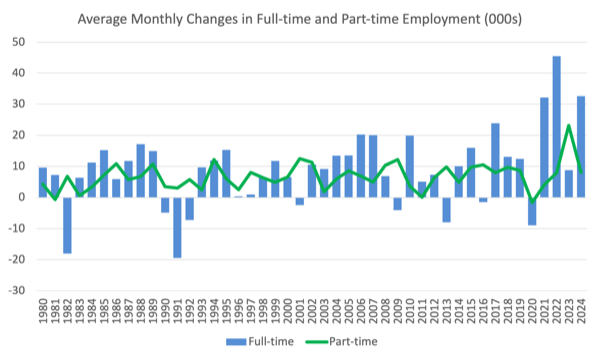

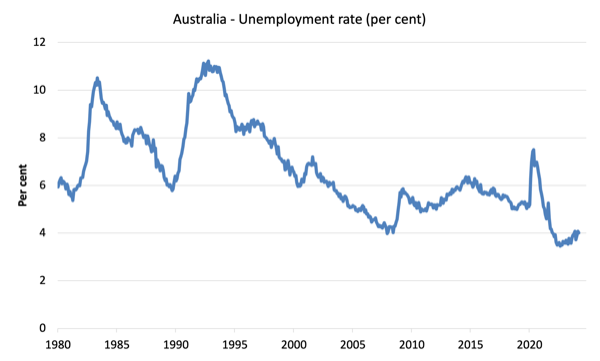
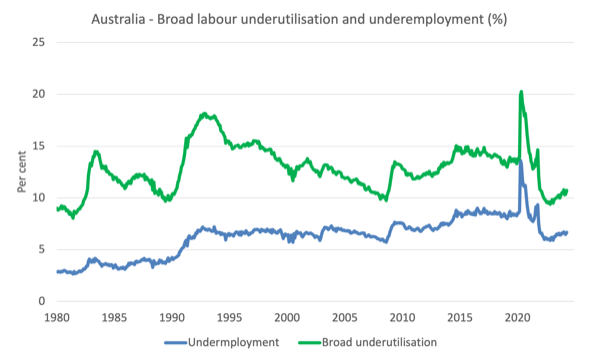
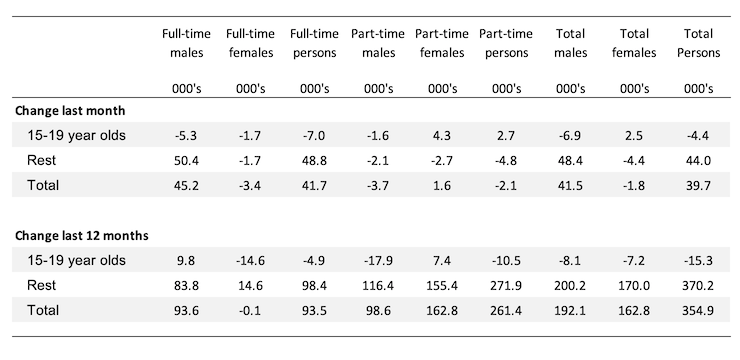
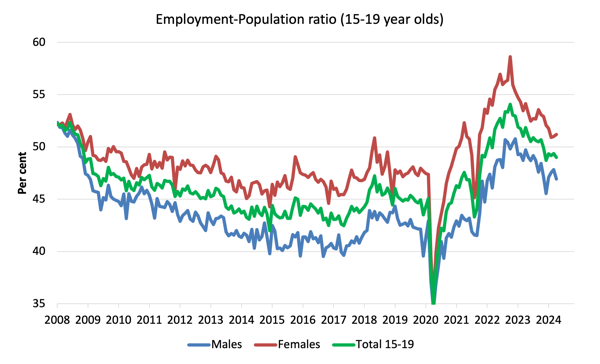

This Post Has 0 Comments